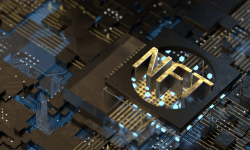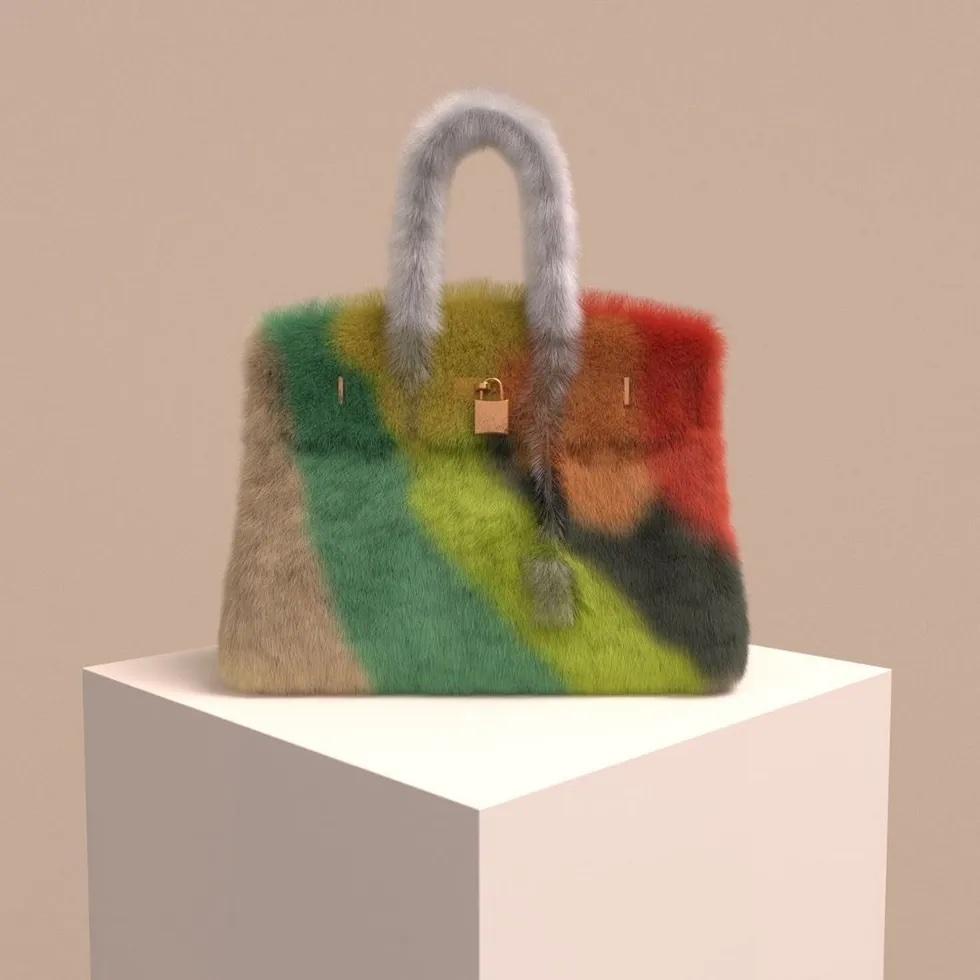Remember NFTs (“Non-Fungible Tokens”)? As a reminder, an NFT is a type of digital asset that represents ownership or proof of authenticity of a unique item or piece of content, such as artwork, music, videos, or collectibles, using blockchain technology. Unlike cryptocurrencies like Bitcoin, which are fungible and can be exchanged on a one-to-one basis, NFTs are unique and cannot be exchanged on a like-for-like basis, making each NFT distinct and irreplaceable.
In the early 2020s, NFTs were a hugely popular blockchain mechanism for storing digital assets and ensuring the authenticity of digital artwork. During that period, we wrote about NFTs as they pertained to trademarks and copyrights. At that time, the NFT market exploded. Literally, billions of dollars in digital assets were bought and sold. Forbes recently wrote about the rise of NFTs and their subsequent fall, which the author attributed to simple supply and demand. “The realization that not all NFTs would retain their value or promise significant returns started to set in, leading to decreased buyer interest and market prices.” The fallen NFT values, according to the author, were “compounded by the overall decline in the crypto market.”
According to the Forbes article, some NFTs have retained their value and still hold “appeal and potential.” More importantly, the underlying blockchain technology still has serious applications for digital rights management and authentication of assets. Indeed, the United States Patent and Trademark Office and the United States Copyright Office just released their joint report to Congress on “Non-Fungible Tokens and Intellectual Property” (“Joint Report”). It’s a lengthy report that provides a readable history and explanation of NFTs. Rather than summarize the whole report, let’s take a look at the section on trademarks.
The Joint Report discusses the evolving role of NFTs in the trademark ecosystem, federal registration of trademarks involving NFTs, trademark infringement and enforcement, and recommendations:
1. Evolving Role of NFTs in the Trademark Ecosystem
Trademarks are source identifiers. As such, the Joint Report points out the traditional role of trademarks in the NFT system: “[t]rademarks can be used to indicate the source of the underlying assets associated with the NFTs, such as digital art, video clips of iconic sports moments, or physical shoes.” This observation is an extension of how trademarks function in the non-digital world. More importantly, the Joint Report notes that the NFT marketplace provides new opportunities for brand owners to expand, promote and strengthen their brands. In light of the downturn of the NFT market discussed in the Forbes article, referred to above, these new opportunities will be slow to develop.
According to the Joint Report, NFTs may provide an important mechanism for verifying or certifying the source of physical objects not just because of the application of a trademark but because the immutable record provided by blockchain technology acts as a trustworthy source of information about the underlying product. The Joint Report speculates that NFTs may be useful in the trademark registration process by providing, for example, trustworthy evidence of dates of first use. Brand owners, according to the Joint Report, could also use NFTs and smart contracts to manage trademark rights.
2. Federal Registration of Trademarks Involving NFTs
The Joint Report explores guidance and recommendations about the proper identification of goods and services and the appropriate evidence for trademark use pertaining to NFT-related goods and services in the trademark registration process. Most important, however, is the Joint Report’s discussion of the scope of protection afforded by U.S. trademark registration for NFTs. In particular, there is uncertainty as to whether the USPTO and federal courts when conducting likelihood of confusion analyses will consider physical goods offered outside of the NFT markets as similar to digital versions of those goods associated with the NFT markets. The Joint Report noted that this may not be a concern in light of the MetaBirkins decision, in which the federal court made a finding of trademark infringement by considering NFT-related “depictions of physical products to be sufficiently similar to physical products not associated with NFTs to substantiate a finding of likelihood of confusion.” If you’re interested in the MetaBirkins case, we also discuss it in a previous newsletter article.
3. Trademark Infringement and Enforcement
According to the Joint Report, trademark misappropriation and infringement frequently occur on NFT platforms. In fact, it may be one of the most common forms of trademark infringement. Concerns were raised with respect to the lack of controlling judicial precedents on the issue of whether “trademark registration for physical goods can be enforced against use of that mark on similar digital goods tied to NFTs.”
Concern was also raised as to whether NFT platforms will take down unauthorized uses of the mark used in connection with digital goods “based on a trademark registration for similar physical goods.” Another area of concern was the use of registered trademarks in blockchain-based domain names for which there is no dispute resolution mechanism as there is for Internet domains.
4. Recommendations
Among the recommendations in the Joint Report were for NFT platforms to adopt best practices and protocols to prevent trademark infringement and for the USPTO to provide NFT-specific guidance to trademark-examining attorneys and applicants. Such steps would help maintain predictability and consistency in the registration process as well as assist registrants and applicants in making informed portfolio management decisions.
Whether the Joint Report will motivate Congress to legislate in this area is anybody’s guess. Given the decline in the NFT market, it’s not likely to be a top priority. We will continue to follow this interesting topic.



